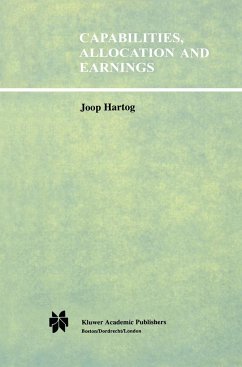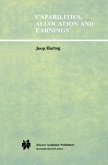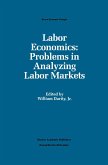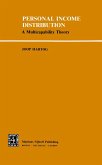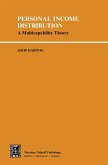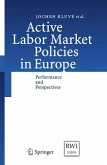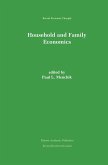1. 1 INTRODUCTION The final chapter of my Personal Income Distribution, a Hulticapability Theory (Hartog, 1981a) carried as its motto: 'Oh richness of the unfinished'. It concluded a book in which labor services were decomposed into services arising from different capabilities. Individuals were supposed to command stocks of capabilities and to decide on the utilization rates of these capabilities, by balanc ing efforts and rewards. The optimal capability bundle they so defined was to be realized by picking the job that just required this bundle. To derive analytical implications on the structure of the labor market and on the distribution of labor earnings, the key assumption was made that arbitrage in capability supply was possible, i. e. , that effectively capabilities could be sold separ ately and carried a uniform unit price throughout the labor market. While many interesting analytical and empirical results followed, there was also an indication from empirical testing that an earnings function linear in capabilities could be outperformed by a non-linear func- 2 CAPABILITIES, ALLOCATION AND EARNINGS tion, and that the arbitrage assumption might be un tenable. This book attempts to harvest a little from the richness of the unfinished that was left. It returns to some of the old topics and adds some new ones, in a more general model that no longer imposes the assumption that capabilities can be treated as if they can be unbundled. It also draws on new datasets to explore the issues empirically.
Bitte wählen Sie Ihr Anliegen aus.
Rechnungen
Retourenschein anfordern
Bestellstatus
Storno

